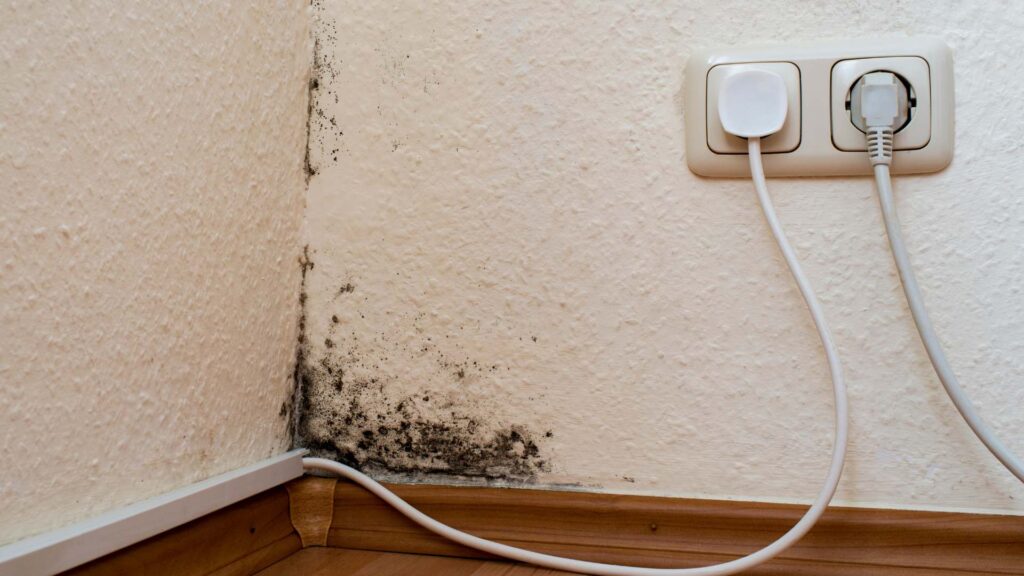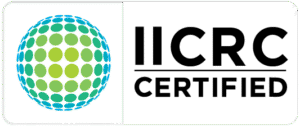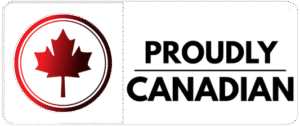Vancouver’s wet and humid climate makes homes especially vulnerable to mold growth. While some mold is easy to spot, hidden mold often grows behind walls, under floors, and inside ceilings. Left untreated, it can spread quickly and cause serious health issues and property damage. Here are the top 10 signs of hidden mold that every Vancouver homeowner should know.
1. Musty or Earthy Odors
A persistent musty smell, especially in basements, bathrooms, or crawl spaces, is one of the most common signs of hidden mold. Even if you can’t see it, mold spores in the air create that distinctive odor.
2. Allergy-Like Symptoms
If you or your family experience sneezing, coughing, itchy eyes, or runny noses that get worse indoors, mold spores may be the cause. Symptoms improving when you leave the house is a key indicator.
3. Water Stains or Discoloration
Brown or yellow stains on walls, ceilings, or baseboards often signal a water leak. Where there is moisture, hidden mold is likely close behind.
4. Peeling Paint or Bubbling Wallpaper
Excess moisture trapped behind walls causes paint to peel and wallpaper to bubble. This usually means hidden mold is growing underneath.
5. Warped or Soft Flooring
Wood or laminate flooring that feels spongy or uneven often hides mold growth below. Persistent dampness under carpets is another warning sign.
6. Condensation on Windows
Frequent condensation on windows points to high indoor humidity. High humidity creates the perfect environment for mold to grow in hidden corners of your home.
7. Visible Mold in Small Patches
If you notice small spots of mold on grout, drywall, or ceilings, chances are more growth is hidden out of sight. Mold rarely stays confined to one area.
8. Unexplained Headaches or Fatigue
Long-term exposure to mold spores can cause headaches, fatigue, and difficulty concentrating. These symptoms are often overlooked but may signal poor indoor air quality.
9. Past Water Damage
Any history of leaks, floods, or burst pipes should raise concern. Even if the water was cleaned up, improper drying can leave behind the perfect conditions for mold to thrive.
10. HVAC or Ventilation Issues
If you smell moldy odors when your heating or cooling system runs, mold may be hiding inside ducts or vents, spreading spores throughout your home.
What to Do If You Suspect Hidden Mold
If any of these signs sound familiar, don’t wait. Mold spreads quickly and gets harder to remove the longer it grows. DIY cleaning may mask the problem, but only professional remediation can fully eliminate mold and address the root moisture issue.
Call Novaco Restoration 24/7 at 604 400 4800 for a free inspection and certified mold remediation in Vancouver and the Lower Mainland.
Frequently Asked Questions
Can I test for mold myself?
DIY kits are available, but they often miss hidden growth. Professional inspections with moisture meters and thermal imaging are far more reliable.
Is hidden mold dangerous?
Yes. Even if you can’t see it, mold releases spores that can cause allergies, asthma, and respiratory problems.
How quickly does mold grow after water damage?
Mold can begin growing within 24 to 48 hours in damp conditions, which is why fast drying and professional cleanup are critical.
Is mold remediation covered by insurance?
In many cases, yes — especially if the mold is caused by sudden and accidental water damage. We provide detailed reports for insurance claims.
How do professionals remove hidden mold?
Certified technicians use containment, HEPA filtration, safe removal of contaminated materials, antimicrobial treatments, and drying to eliminate mold completely.





